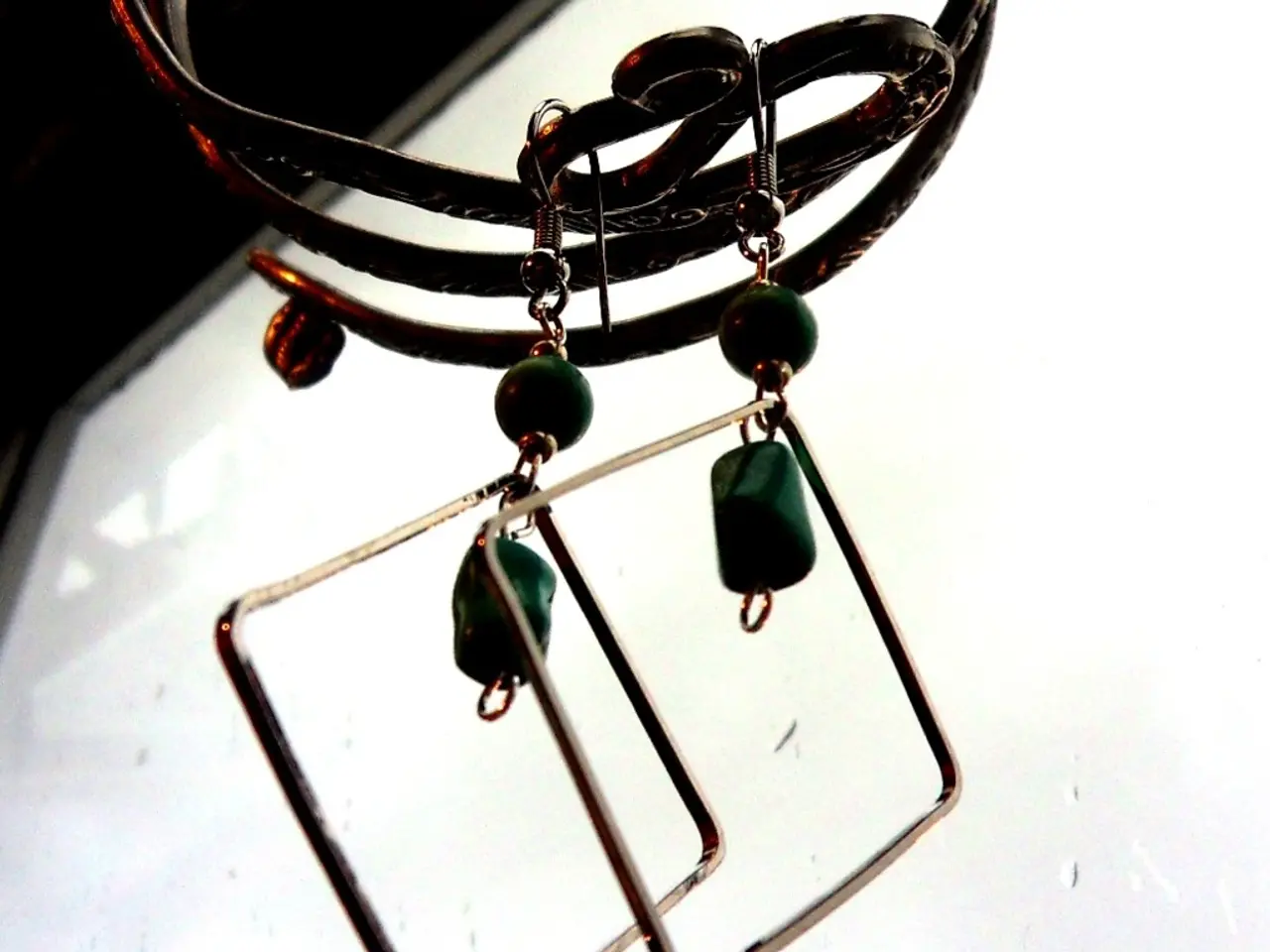Methods for Alleviating Persistent Ear Pressure that Refuses to Subside
Children and babies often experience pressure-related blockages in their ears more frequently than adults. This susceptibility is primarily due to the unique anatomy and development of their Eustachian tubes.
In young children, these tubes are shorter, narrower, and positioned more horizontally than in adults. This anatomical difference makes it harder for fluid to drain properly from the middle ear, causing fluid buildup that can lead to infections and a sensation of pressure or fullness in the ear.
Furthermore, because a child's Eustachian tubes are more horizontal and narrow, they are more prone to becoming clogged due to mucus or inflammation caused by colds, allergies, or infections. When the tubes are blocked, air pressure cannot equalize properly between the middle ear and the environment, resulting in a feeling of ear pressure or blockage.
Additional factors contributing to the increased susceptibility in children include:
- Immature immune systems, making it easier for bacteria or viruses to cause infections in the middle ear. - Genetics, which can influence the shape and function of Eustachian tubes or immune response, heightening risk for ear infections and related pressure blockages. - Prematurity, as babies born premature might have underdeveloped Eustachian tubes, increasing their risk further.
In contrast, adults have longer, more angled Eustachian tubes, which facilitate better drainage and ventilation of the middle ear, reducing the likelihood of fluid buildup and pressure-related blockages.
To help prevent pressure-related ear blockages in children, parents can encourage regular handwashing to reduce the spread of germs and avoid exposing their child to known allergens. For activities that are likely to increase the pressure in the ears, such as flying on an airplane, scuba diving, or commercial diving, children can be taught to wiggle their jaw just before takeoff or descent to help equalize the pressure.
If a child is experiencing persistent ear pain, discomfort, or difficulty hearing, it is essential to consult a doctor. A doctor can dilate the Eustachian tube to relieve pressure in the ears using a Eustachian tube balloon dilation or a pressure equalization tube. In cases where the eardrum has ruptured, surgery may be necessary.
For adults, reducing the chances of blocked ears while scuba diving can be achieved by equalizing pressure in the ears by pinching the nose and gently blowing out throughout the dive, particularly during descent. Refraining from smoking can also help reduce the buildup of pressure in severely blocked ears.
Over-the-counter (OTC) nasal sprays and decongestants can relieve pressure in the ears for people without severe problems. However, prolonged use of decongestant nasal sprays can result in complications.
For those undergoing hyperbaric oxygen treatment, reducing the buildup of pressure in their ears can be achieved by controlling the compression rate and consistency of the pressure within the chamber.
In conclusion, understanding the unique anatomy and development of Eustachian tubes in children is crucial in preventing and treating pressure-related ear blockages. Regular check-ups with a doctor and adherence to preventive measures can help ensure a child's ears remain healthy and functioning optimally.
[1] American Academy of Otolaryngology—Head and Neck Surgery. (2020). Otitis Media (Middle Ear Infection). Retrieved from [2] Mayo Clinic. (2020). Ear blockage. Retrieved from
- Children, unlike adults, are more susceptible to diabetes due to the immature functioning of their immune systems, making them easier targets for various infections and conditions.
- COPD, a chronic respiratory disease, is often predictive of a higher risk for Alzheimer's and depression, highlighting the interconnection between physical and mental health.
- A Q (prostate-specific antigen) test is a common diagnostic tool for detecting prostate cancer, an early detection of which could improve treatment outcomes in men.
- Multiple sclerosis, a debilitating neurological disease, can be managed through a combination of medication, health-and-wellness practices, and science-backed therapies.
- Obesity, a global health concern, increases the risk for numerous diseases, including Type 2 diabetes, cardiovascular diseases, and certain types of cancer, such as NSCLC (non-small cell lung cancer).
- Science continues to explore the predictive potential of AQ (Air Quality) for various health conditions, underscoring the importance of maintaining clean and healthy environmental conditions.
- When enjoying underwater activities like diving or swimming, it's important to regularly check your hearing and consult with a doctor if you notice any signs of pressure or discomfort in your ears, as this could be a sign of conditions like obesity-related sleep apnea.




